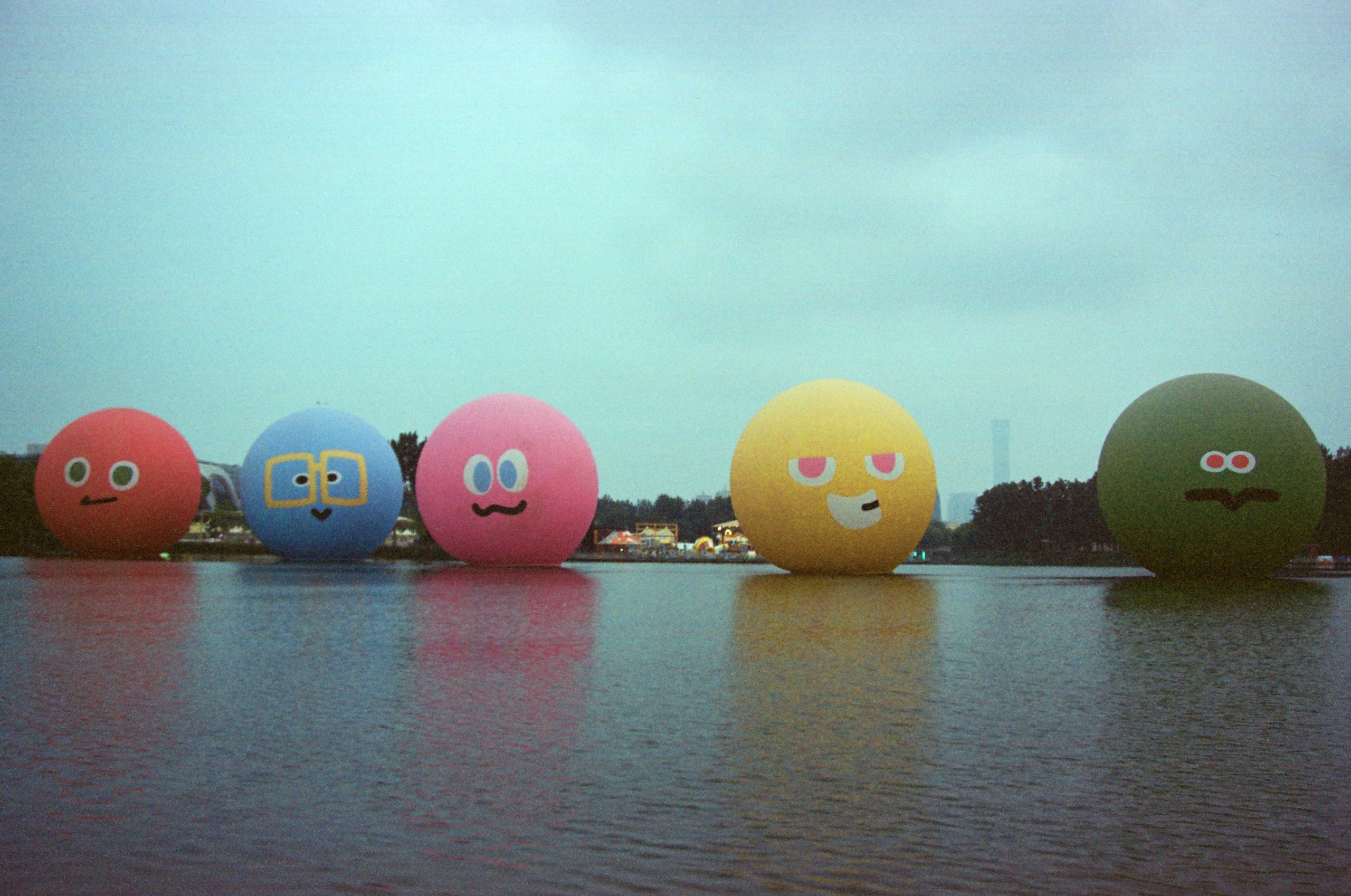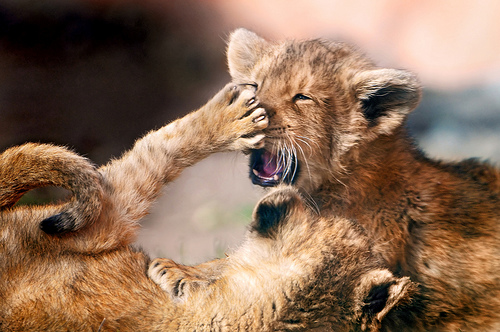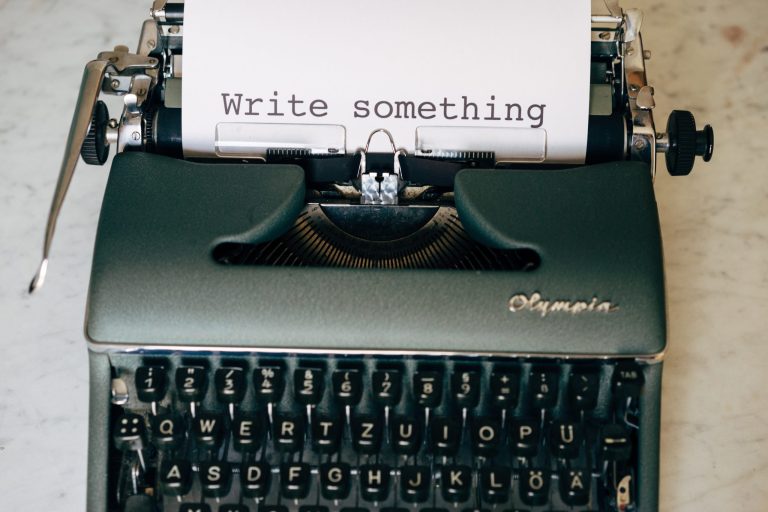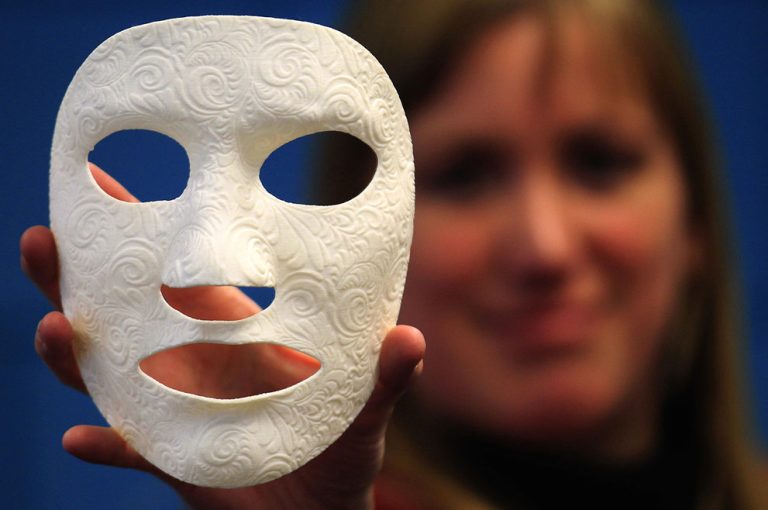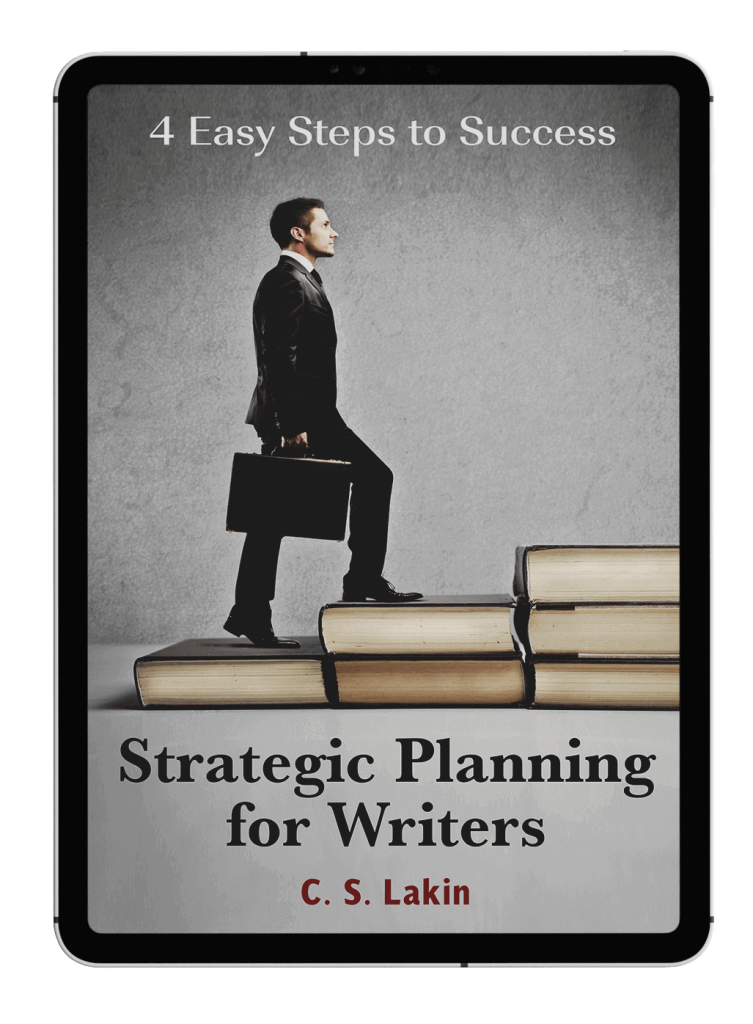The Art of Crafting Real Relationships between Characters
Stories live and breathe through relationships (just as our own lives do). Every memorable tale—whether it’s a sweeping epic, a small-town romance, or a heart-pounding thriller—hinges on how people interact with one another.
It isn’t just the protagonist’s journey that matters but how that journey is shaped, tested, and illuminated by others along the way. Every character in a story, from the central hero to the bit player who appears only once, should feel like a real person with needs, fears, and desires of their own. And every interaction between them should serve a purpose—revealing character, advancing plot, or deepening emotional resonance.
When relationships feel authentic, readers invest in your story. When they feel contrived or thin, even the best premise can fall flat. That’s why developing relationships—how your characters clash, connect, misunderstand, or support one another—is one of the most strategic and rewarding parts of storytelling.
When the “Secondary Characters” Step into the Spotlight
Think about your own life: When do the “secondary characters” around you step into the spotlight? Two key times—when conflict is introduced and when a need must be met.
A barely known acquaintance at work might suddenly become a thorn in your side when a position opens up that you both want desperately. Or when, under pressure, tempers flare and something cruel is said. Conflict brings flaws and weaknesses to the surface, exposing selfish motives or hidden fears.
Conversely, another acquaintance might surprise you with unexpected kindness or loyalty at a moment you least expect but most need. A friendship blooms, and perhaps an alliance forms. Shared interests can bring people together; opposing values can push them apart. Both dynamics—connection and conflict—reveal character truth and drive story tension.
When I edit manuscripts, I often notice that the “world” of a story feels too small. The protagonist may only interact with one or two people—maybe a boss, a neighbor, or a pet cat. But where are the friends, coworkers, rivals, mentors, or family members? Characters without a variety of relationships often feel lifeless. Just as in real life, our identities are shaped by the people we encounter. (Caveat: of course, if your story shows a character in isolation, you are going to have to rely on your protagonist’s memories of others to fill in these relationship details.)
Building a Cast with Purpose
It’s helpful to list potential supporting characters and map how each connects to your protagonist’s goal. Your antagonist, too, should have a supporting network—because relationships give context and dimension to conflict.
In my historical Western romance Colorado Dream, my hero, Brett, is a cowboy on the range, helping uncover the culprits behind a cattle-rustling operation. I gave him two sidekicks: Archie, a green sixteen-year-old who knows nothing about being a “puncher” and gets teased by the older hands, and Tate Roberts, an experienced, upbeat hand who helps Brett when guilt and doubt threaten to drag him down.
Each relationship serves a different purpose. Scenes with Archie add humor and heart, while moments with Tate deepen Brett’s introspection and personal growth. Their interactions highlight different aspects of Brett’s character—his compassion, his temper, his conscience. I notice in many novels I love, the protagonist (and often any other primary character) usually has two key people in her life, playing different roles.
The antagonists, too, have meaningful relationships. Brett’s main adversary, a wealthy rancher named Orlander, blames him for an accident that left his son paralyzed. Orlander sends two hired guns after Brett. One is slow, thoughtful, and conflicted; the other is brash and cruel. Their opposing temperaments add tension to the villain’s side of the story and lead to a layered, inevitable climax. (Again, sometimes two antagonists with conflicting personalities and values can add richness to your story. Adding too many risks bogging down the plot.)
Opposites—that’s the key to good drama. When needs and goals collide, sparks fly, and both characters are revealed in the heat of interaction.
Real People, Not Personality Charts
Every character exists for a purpose. They aren’t there to “fill space” or make a scene more colorful. That’s why I cringe when I see writers pulling traits from personality charts like picking ice cream flavors. True personality comes from motivation, history, and relationship.
Start with your premise and protagonist’s central goal. Give her a past wound and a driving need. Then build outward:
- Who supports her and why?
- Who challenges her?
- Whose needs conflict with hers?
- How does her growth affect those around her?
Think conflict. Think contrast. Think chemistry. Whether it’s affection, rivalry, or misunderstanding, the dynamic between characters should always expose something real about them. That’s how readers come to believe in your fictional world—through believable human interaction.
A few simple principles can strengthen your cast:
- Give everyone distinct identities. Unique names, voices, and quirks make characters memorable.
- Don’t introduce too many at once; let readers orient themselves.
- Depth over quantity. You don’t need a huge cast, but you do need a believable one. The number of characters should reflect your premise and world.
- Motivation drives everything. Every character wants something—even minor ones. Needs in conflict create story movement.
- Allow fluidity. As Christopher Vogler notes in The Writer’s Journey, archetypes are not rigid roles but functions characters perform at different times. People shift, surprise, and contradict themselves. So should your characters.
When relationships serve the story’s purpose—advancing the plot, heightening emotion, or revealing truth—they transform your novel from a sequence of events into a living, breathing drama.
Using Your “Real Life” to Create Dynamic Characters
Here’s a helpful exercise:
- Make a list of 10 people you know from various arenas in your life: work, school, community, social group. Think of a diverse assortment. Next to each name, list what this person contributes to your life that no one else does. Note how this person makes you feel when you talk with them. Note how you feel about them and why. If you don’t like them, explore what about them bothers you. If you admire them, list those qualities.
- Now, pick one person and describe features that stand out to you, avoiding the physical. Are they gregarious and have an infectious laugh? What about their body language? What portrays their attitude of cynicism, arrogance, warmth, or humility? If you could identify a flaw in their character, what would it be and how would it manifest? Do they talk too much or too fast, interrupting others? Does their enthusiasm feel a bit manic at times?
- Who would you put alongside that person that would clash in a big way and spark conflict? If they had to work together each day, what would that relationship look like? Drawing characteristics from people you know can help you create relationships primed for tension and conflict, which is a good thing!
When you craft each character as a real, motivated person and shape their interactions with intention, your story world gains richness and texture. Relationships create momentum, reveal heart, and give readers a reason to care. Because, in the end, it’s not just the plot that makes a story unforgettable—it’s the people, and how they change one another along the way.
 Want to dive deeper into creating a strong cast of characters?
Want to dive deeper into creating a strong cast of characters?
Take my online video course!
Here’s some of what you’ll learn in this extensive course:
- What the basic types of characters are and what roles they play in a story
- How your plot and premise inform the characters you develop
- How to determine if a character is essential to your plot or just “filler”
- What kind of supportive characters does your specific story need and how you can determine that
- How to create characters that act as symbols
- What archetypes are and how you can utilize them to create fantastic characters
- How incidental characters can make or break your story
These video modules feature numerous excerpts from novels, movie clips, and deep instruction. In addition, you are given assignments to help you develop a great cast of characters, which you can download and do over and over as needed.
BONUS!
In addition to the intensive instruction in these video modules, you’ll also have access to numerous video interviews with best-selling authors, who share their process in developing their cast of characters as well as give tips to authors on how to come up with great characters! These video interviews are not available anywhere else.
Don’t guess how many characters your story needs. Don’t just throw in random character types to fill out your novel or play or screenplay. This course will give you the guidance you need to make smart decisions about your cast of characters. Enroll HERE to take the course with lifetime access!
Featured Photo by Chris DUNN on Unsplash

